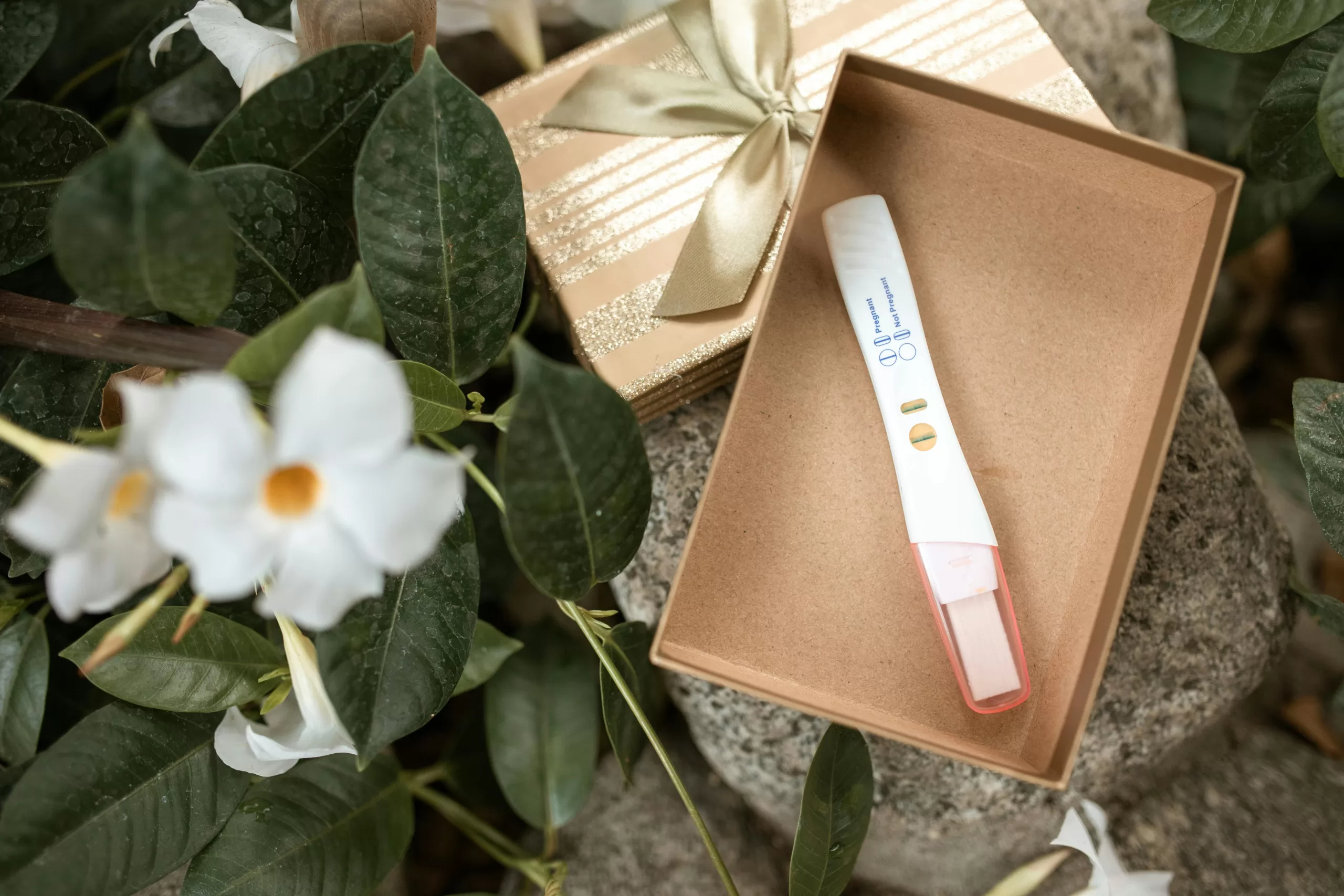

Quinoa is a flowering plant of the amaranth family that originated in the Andes Mountains of South America. This plant produces edible seeds in a variety of colors, such as red, black, and white. Once the seeds are harvested, they are processed to remove their external coating of saponins (bitter-tasting compounds that act as a natural pesticide for the plant).
Quinoa seeds act like a grain when cooked, certified dietitian and nutritionist Isabel Smith, R.D., CDN, previously told mindbodygreen. Quinoa is considered to be a whole grain; however, since it’s technically a seed, it’s actually a pseudocereal—a food that can be used in a similar way to cereal grains.
“Quinoa has a mild, nutty flavor and a chewy texture. It’s easy to include in your diet because it’s so versatile,” says Jen Scheinman, M.S., RDN, a functional nutrition coach.
While it tends to be more expensive than other grains, such as rice, the steeper price tag may be worth it since it’s a high-quality source of nutrition. It’s a gluten-free whole grain that is low in fat and a great source of fiber, protein, vitamins, minerals, and antioxidants.
“Quinoa is a nutrient-dense food, meaning it contains a variety of nutrients important for our bodies,” says Jordan Hill, MCD, R.D., CSSD, a registered dietitian nutritionist who specializes in sports dietetics.








